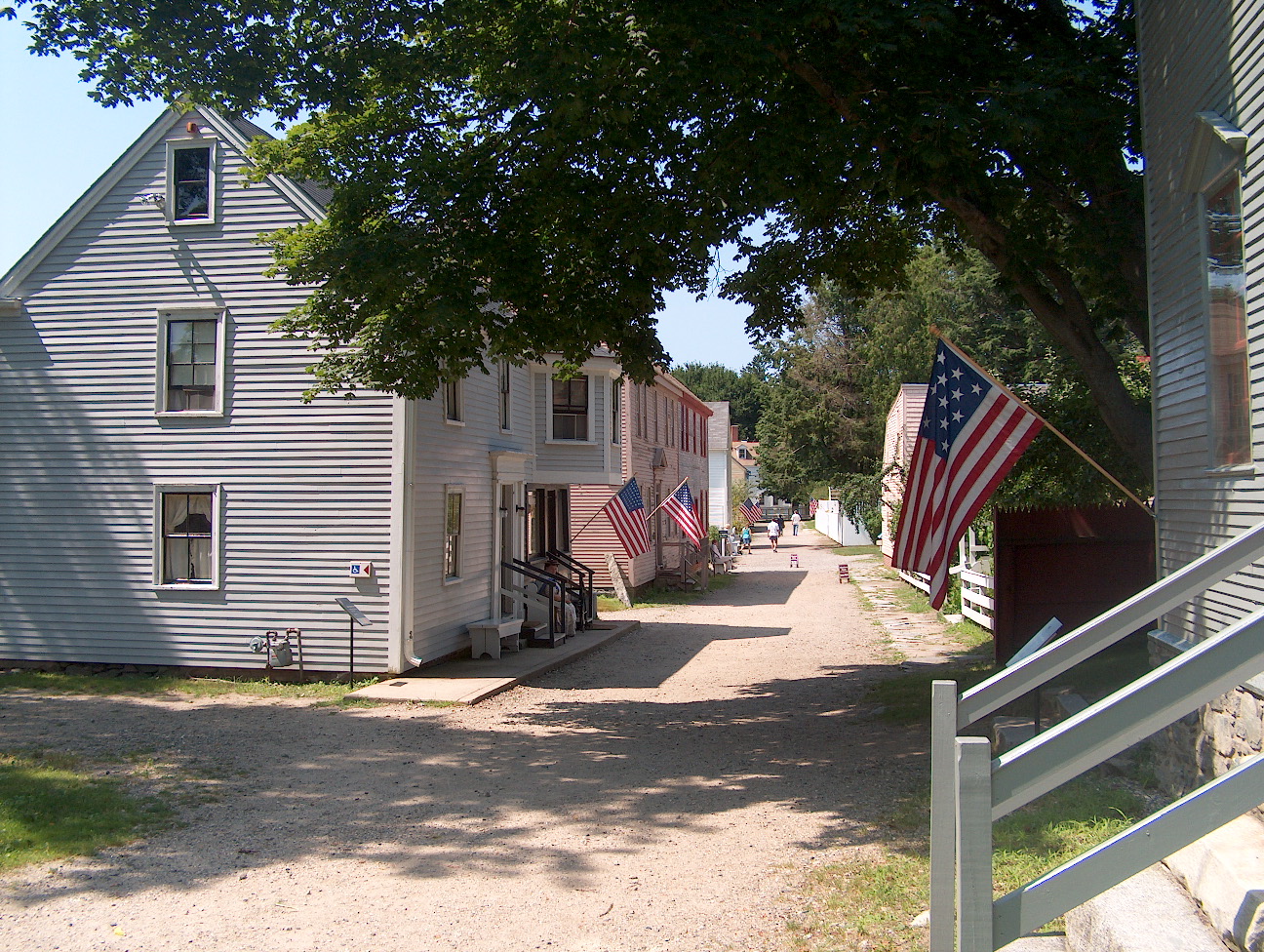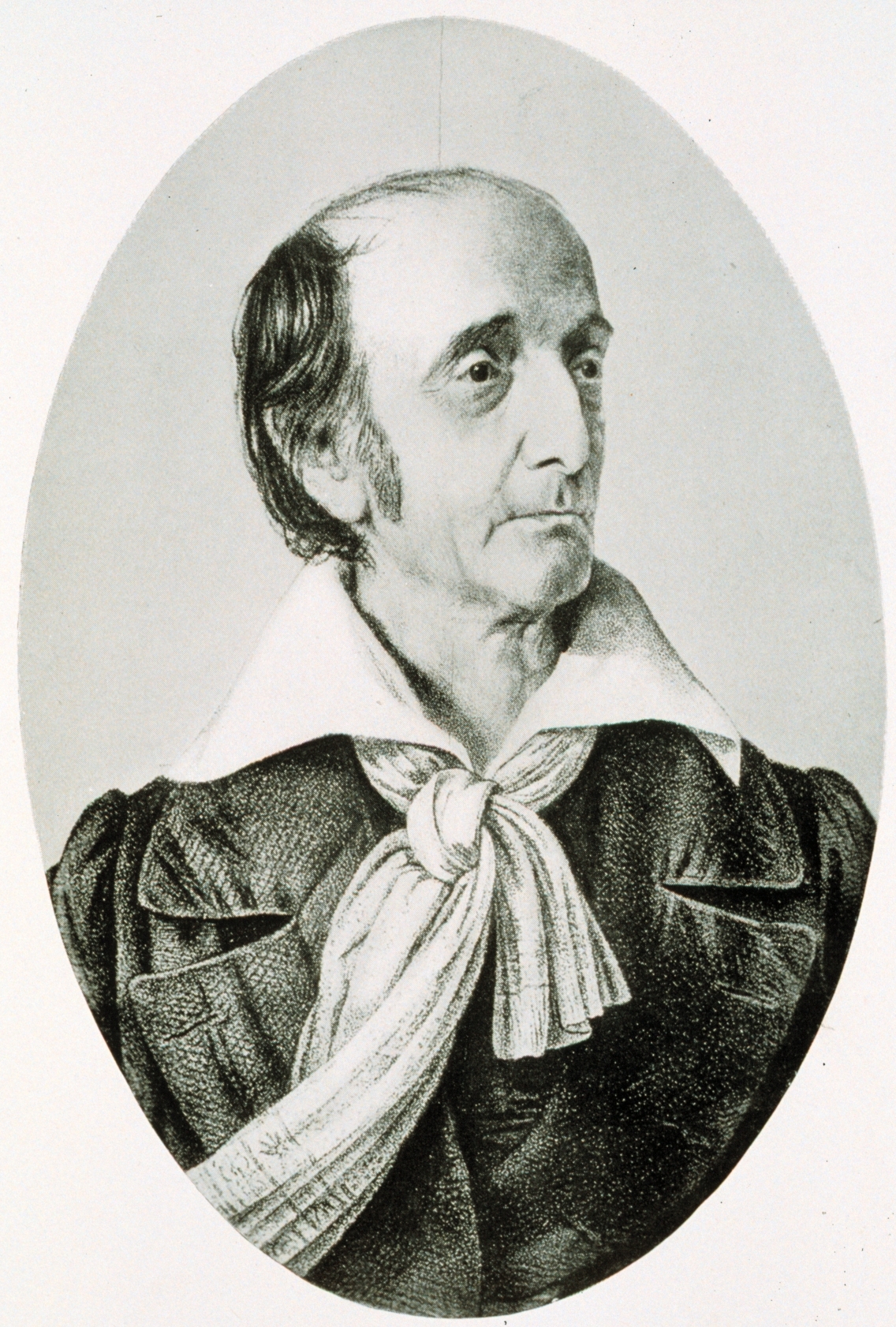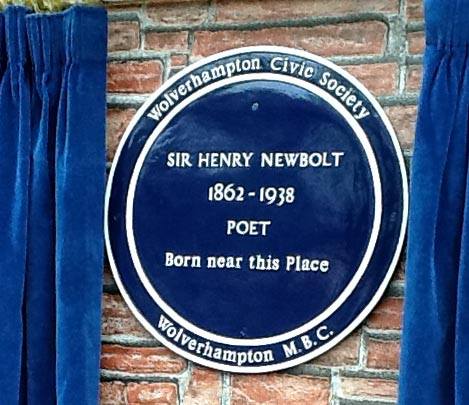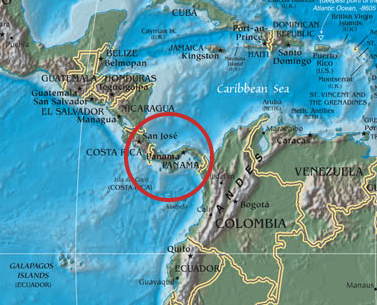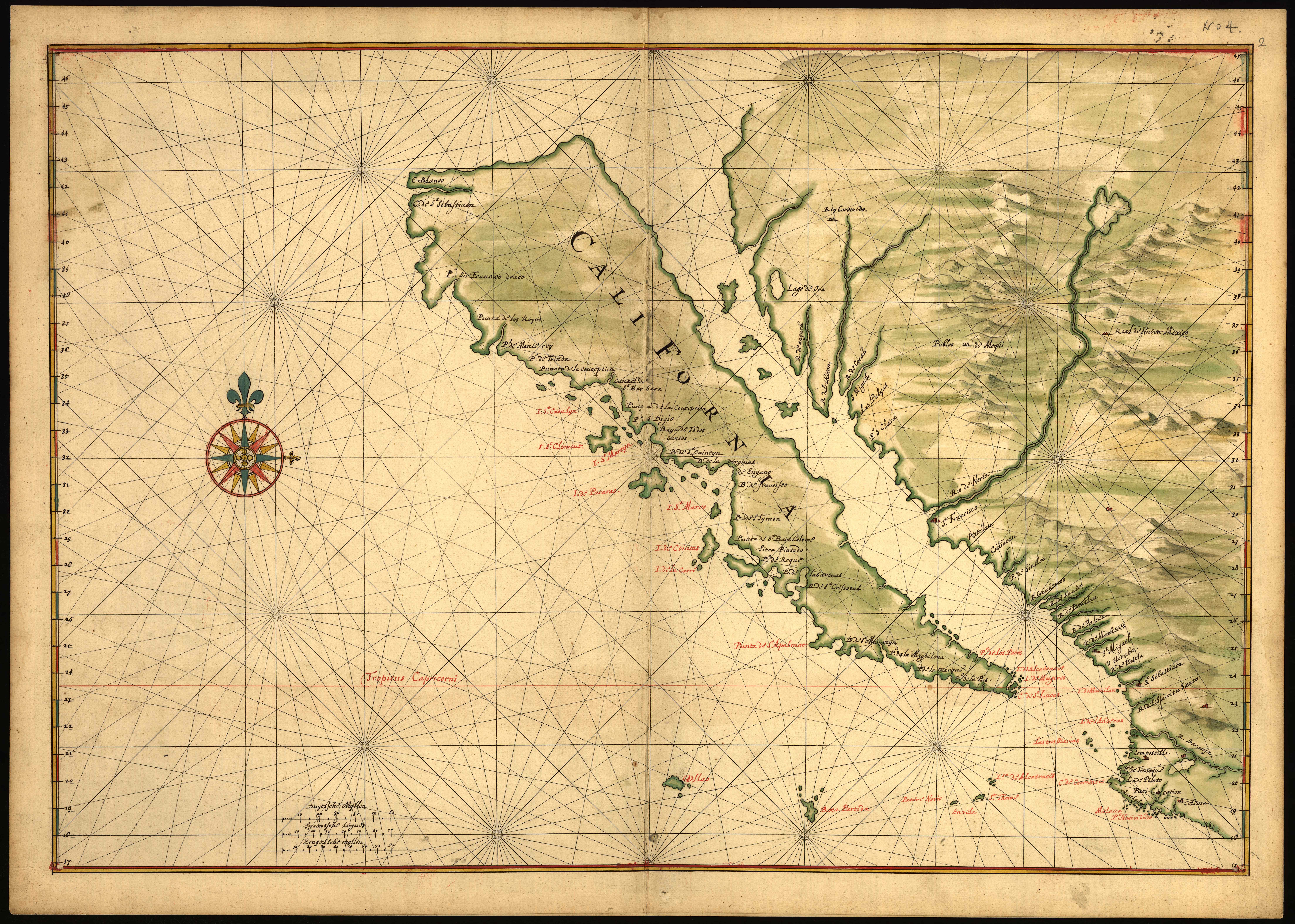|
Tunis Craven
Tunis Augustus Macdonough Craven (11 January 1813 – 5 August 1864) was an officer in the United States Navy. His career included service in the Mexican–American War and the American Civil War. Early life Tunis Augustus Macdonough Craven was born in Portsmouth, New Hampshire, January 11, 1813. He was the youngest son of Tunis Craven, a Naval Storekeeper, stationed at the Portsmouth Yard, and his wife, Hannah Tingey, daughter of Commodore Thomas Tingey, a longtime commandant of the Washington Navy Yard. His brother, Thomas Tingey Craven (Rear Admiral), Thomas Tingey Craven would also join the navy, rising to the rank of rear admiral, while another brother, Alfred Wingate Craven (1810–1879), became a noted civil engineer. In his youth he attended the Columbia College (New York), Columbia College Grammar School in New York, his father having removed his family to Brooklyn, when ordered to duty in the Brooklyn Navy Yard, New York Yard. February 2, 1829, Craven was appointed an ac ... [...More Info...] [...Related Items...] OR: [Wikipedia] [Google] [Baidu] |
Portsmouth, New Hampshire
Portsmouth is a city in Rockingham County, New Hampshire, Rockingham County, New Hampshire, United States. At the 2020 United States census, 2020 census it had a population of 21,956. A historic seaport and popular summer tourist destination on the Piscataqua River bordering the state of Maine, Portsmouth was formerly the home of the Strategic Air Command's Pease Air Force Base, since converted to Portsmouth International Airport at Pease. History Indigenous peoples of the Americas, American Indians of the Abenaki and other Algonquian languages-speaking nations, and their predecessors, inhabited the territory of coastal New Hampshire for thousands of years before European contact. The first known European to explore and write about the area was Martin Pring in 1603. The Piscataqua River is a tidal estuary with a swift current, but forms a good natural harbor. The west bank of the harbor was settled by European colonists in 1630 and named Strawbery Banke, after the many wild Fra ... [...More Info...] [...Related Items...] OR: [Wikipedia] [Google] [Baidu] |
United States Coast And Geodetic Survey
The United States Coast and Geodetic Survey ( USC&GS; known as the Survey of the Coast from 1807 to 1836, and as the United States Coast Survey from 1836 until 1878) was the first scientific agency of the Federal government of the United States, United States Government. It existed from 1807 to 1970, and throughout its history was responsible for mapping and charting the coast of the United States, and later the coasts of Territories of the United States, U.S. territories. In 1871, it gained the additional responsibility of surveying the interior of the United States and geodesy became a more important part of its work, leading to it being renamed the U.S. Coast and Geodetic Survey in 1878. Long the U.S. government's only scientific agency, the Survey accumulated other scientific and technical responsibilities as well, including astronomy, cartography, metrology, meteorology, geology, geophysics, hydrography, navigation, oceanography, exploration, Piloting, pilotage, tides, and ... [...More Info...] [...Related Items...] OR: [Wikipedia] [Google] [Baidu] |
Henry Newbolt
Sir Henry John Newbolt, Order of the Companions of Honour, CH (6 June 1862 – 19 April 1938) was an English poet, novelist and historian. He also had a role as a government adviser with regard to the study of English in England. He is perhaps best remembered for his poems "Vitaï Lampada" and "Drake's Drum". Background Henry John Newbolt was born in Bilston, Wolverhampton (then in Staffordshire, but now in the West Midlands), son of the vicar of St Mary's Church, the Rev. Henry Francis Newbolt (1824–1866), and his second wife, Emily née Stubbs (1838–1921), the older brother of Sir Francis Newbolt. After his father's death, the family moved to Walsall, where Henry was educated. Education Newbolt attended Queen Mary's Grammar School, Walsall, and Caistor Grammar School, from which he gained a scholarship to Clifton College, where he was head of the school (1881) and edited the school magazine. His contemporaries there included J. M. E. McTaggart, John McTaggart, Arthur Quil ... [...More Info...] [...Related Items...] OR: [Wikipedia] [Google] [Baidu] |
James Alden, Jr
James may refer to: People * James (given name) * James (surname) * James (musician), aka Faruq Mahfuz Anam James, (born 1964), Bollywood musician * James, brother of Jesus * King James (other), various kings named James * Prince James (other) * Saint James (other) Places Canada * James Bay, a large body of water * James, Ontario United Kingdom * James College, a college of the University of York United States * James, Georgia, an unincorporated community * James, Iowa, an unincorporated community * James City, North Carolina * James City County, Virginia ** James City (Virginia Company) ** James City Shire * James City, Pennsylvania * St. James City, Florida Film and television * ''James'' (2005 film), a Bollywood film * ''James'' (2008 film), an Irish short film * ''James'' (2022 film), an Indian Kannada-language film * "James", a television episode of ''Adventure Time'' Music * James (band), a band from Manchester ** ''James'', ... [...More Info...] [...Related Items...] OR: [Wikipedia] [Google] [Baidu] |
David Farragut
David Glasgow Farragut (; also spelled Glascoe; July 5, 1801 – August 14, 1870) was a flag officer of the United States Navy during the American Civil War. He was the first Rear admiral (United States), rear admiral, Vice admiral (United States), vice admiral, and Admiral (United States), admiral in the United States Navy.#Farragut79, Farragut, 1879, p. 3#Hickman, Hickman, 2010, p. 216 He is remembered in U.S. Navy tradition for his bold order at the Battle of Mobile Bay, usually abbreviated to "Damn the torpedoes ... full speed ahead."#Stein, Stein, 2005, p. 5#Spears, Spears, 1905, p. 328 Born near Knoxville, Tennessee, Farragut was fostered by naval officer David Porter (naval officer), David Porter after the death of his mother. When he was 11 years old, Farragut served in the War of 1812 under the command of his adoptive father. He received his first command in 1823, at the age of 22, and went on to participate in West Indies anti-piracy operations of the United States, ant ... [...More Info...] [...Related Items...] OR: [Wikipedia] [Google] [Baidu] |
Isabella II Of Spain
Isabella II (, María Isabel Luisa de Borbón y Borbón-Dos Sicilias; 10 October 1830 – 9 April 1904) was Queen of Spain from 1833 until her deposition in 1868. She is the only queen regnant in the history of unified Spain. Isabella was the elder daughter of King Ferdinand VII and Queen Maria Christina. Shortly before Isabella's birth, her father issued the Pragmatic Sanction to revert the Salic Law and ensure the succession of his firstborn daughter, due to his lack of a son. She came to the throne a month before her third birthday, but her succession was disputed by her uncle Infante Carlos (founder of the Carlist movement), whose refusal to recognize a female sovereign led to the Carlist Wars. Under the regency of her mother, Spain transitioned from an absolute monarchy to a constitutional monarchy, adopting the Royal Statute of 1834 and Constitution of 1837. Isabella was declared of age and began her personal rule in 1843. Her effective reign was a period mar ... [...More Info...] [...Related Items...] OR: [Wikipedia] [Google] [Baidu] |
Atrato River
The Atrato River () is a river of northwestern Colombia. It rises in the slopes of the Western Cordillera and flows almost due north to the Gulf of Urabá (or Gulf of Darién), where it forms a large, swampy delta. Its course crosses the Chocó Department, forming that department's border with neighboring Antioquia in two places. Its total length is about , and it is navigable as far as Quibdó (400 km / 250 mi), the capital of the department. In 2016, the Constitutional Court of Colombia granted the river legal rights of personhood after years of degradation of the river basin from large-scale mining and illegal logging practices, which severely impacted the traditional ways of life for Afro-Colombians and Indigenous people. Drainage area The river’s total length is about , and it is navigable as far as Quibdó (400 km / 250 mi), the capital of the department. The basin occupies an area of and has an average annual precipitation of >5,000 m ... [...More Info...] [...Related Items...] OR: [Wikipedia] [Google] [Baidu] |
Isthmus Of Panama
The Isthmus of Panama, historically known as the Isthmus of Darien, is the narrow strip of land that lies between the Caribbean Sea and the Pacific Ocean, linking North America, North and South America. The country of Panama is located on the isthmus, along with the Panama Canal. Like several isthmuses on Earth, as a relatively narrow land bridge between close seas, it is a location of great geopolitical and strategic importance. The isthmus is thought to have finally formed around 3 million years ago (Year#Abbreviations for "years ago", Ma), separating the Atlantic and Pacific Oceans and causing the creation of the Gulf Stream, as first suggested in 1910 by Henry Fairfield Osborn. Osborn based the proposal on the fossil record of mammals in Central America, a conclusion that would provide a foundation for Alfred Wegener when he proposed the theory of continental drift in 1912. Some recent studies suggest an earlier formation of the isthmus than the recognized age of 3 Ma, poten ... [...More Info...] [...Related Items...] OR: [Wikipedia] [Google] [Baidu] |
United States Naval Observatory
The United States Naval Observatory (USNO) is a scientific and military facility that produces geopositioning, navigation and timekeeping data for the United States Navy and the United States Department of Defense. Established in 1830 as the Depot of Charts and Instruments, it is one of the oldest scientific agencies in the United States, and remains the country's leading facility for astronomical and timing data. The observatory is located in Northwest Washington, D.C. at the northwestern end of Embassy Row. It is among the few pre-20th century astronomical observatories located in an urban area. In 1893, in an effort to escape light pollution, it was relocated from Foggy Bottom near the city's center, to its Northwest Washington, D.C. location. The USNO has conducted significant scientific studies throughout its history, including measuring the speed of light, observing solar eclipses, and discovering the moons of Mars. Its achievements include providing data for the first ... [...More Info...] [...Related Items...] OR: [Wikipedia] [Google] [Baidu] |
Bombardment Of Punta Sombrero
The Bombardment of Punta Sombrero was an American naval bombardment in response to a Mexican attack on a United States Navy warship during the Mexican–American War, on October 31, 1847. Background Following the Battle of Mulege and the christening of the chartered schooner ''Libertad'', Lieutenant Tunis Craven took command and set sail north, up the Gulf of California. ''Libertad'' was most likely armed with three or four cannons taken from Loreto days earlier by the crew of USS ''Dale''. Her mission was to disrupt enemy communications from Mulegé's garrison to other communities and fortifications. According to reports, the Mexican population of coastal towns grew terrified of the repeated appearances of ''Libertad'' in the waters off their settlements. No engagements occurred until October 31, when Tunis Craven spotted a Mexican merchant schooner, in the anchorage of Mulege at 10:00 pm. Unknown to Craven at the time, the Mexican schooner was protected by an artiller ... [...More Info...] [...Related Items...] OR: [Wikipedia] [Google] [Baidu] |
Baja California Sur
Baja California Sur, officially the Free and Sovereign State of Baja California Sur, is a state in Mexico. It is the 31st and last state to be admitted, in 1974. It is also the second least populated Mexican state and the ninth-largest state by area. Before becoming a state on 8 October 1974, the area was known as the ''El Territorio Sur de Baja California'' ("South Territory of Lower California"). It has an area of , or 3.57% of the land mass of Mexico, and occupies the southern half of the Baja California Peninsula, south of the 28th parallel north, 28th parallel, plus the uninhabited Rocas Alijos in the Pacific Ocean. It is bordered to the north by the state of Baja California, to the west by the Pacific Ocean, and to the east by the Gulf of California. The state has maritime borders with Sonora and Sinaloa to the east, across the Gulf of California. The state is home to the tourist resorts of Cabo San Lucas and San José del Cabo. Its largest city and capital is La Paz, Baja ... [...More Info...] [...Related Items...] OR: [Wikipedia] [Google] [Baidu] |

